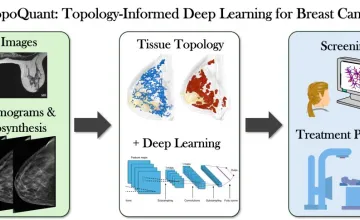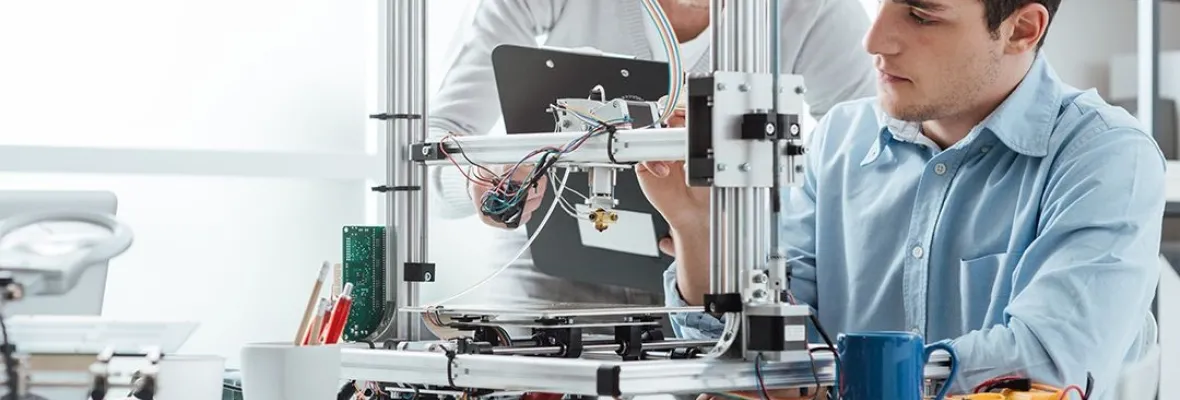AAU universities conduct a majority of the federally funded university research that contributes to our economic competitiveness, health and well-being, and national security. AAU universities are growing our economy through invention and innovation while preparing the next generation of scientists and engineers for global leadership. By moving research into the marketplace AAU universities are helping to create jobs, and provide society with new medicines and technologies.

UMD geologists uncovered evidence of a section of seafloor that sank into the Earth's mantle when dinosaurs roamed the Earth; it's located off the west coast of South America in a zone known as the East Pacific Rise.

Novel research supported by NCI could lead to more specific predictive disease models

A new University of Kansas study reveals parents seeking health care information for their children trust AI more than health care professionals when the author is unknown, and parents rate AI generated text as credible, moral and trustworthy.

Hypertension and amyloid plaques can separately cause dementia. Having both increases a person’s odds of developing cognitive decline, a new study finds
Explore More: University Research
You can filter stories by the university.
Rice University scientists are building a treatment system that can be tuned to selectively pull toxins from drinking water and wastewater from factories, sewage systems and oil and gas wells.
A uniquely designed experimental vaccine against Zika virus has proven powerful in mice, new research has found.
USC researchers have invented a device that could significantly improve care for people with hydrocephalus, a chronic condition that causes excessive fluid in the brain.
Pigs, whose GI tracts are extremely similar to those of humans, may be one of the clearest windows we have into researching stress, a Michigan State University researcher says.
Researchers have discovered a novel treatment for reducing seizure activity in the brains of rodents, a discovery they hope might one day help people living with epilepsy.
Brandeis University | Researching the Brain, Seeking Cures | Parkinson's & Epilepsy | University Research
